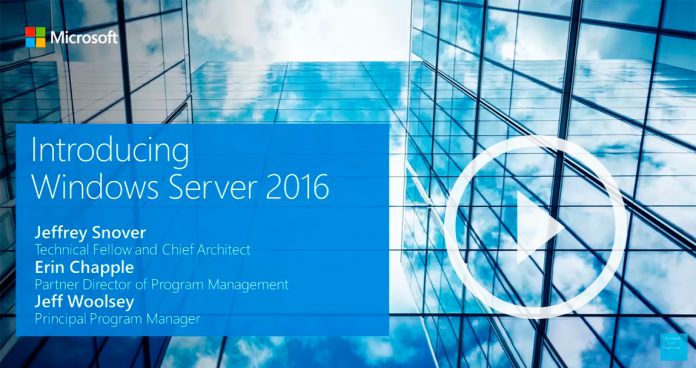Like Windows 10, Windows Server 2016 is run as a service. This means the update model goes through twice-annual major updates and is incrementally patched in-between releases. The two major software updates per year will happen in spring and fall. Also like Windows 10, Microsoft opened an Insider Program for Windows Server. This allows members to test preview features not year publicly available and being developed for the next branch. That coincides with the release schedule of Windows 10 and each semi-annual channel is supported by Microsoft for 18 months. Once the channel support is over, organizations must update to the next.
Organizations should note Windows Server version 1709 limits deployment options by not allowing the “Server and Desktop” option with a graphical user interface (GUI). Microsoft instead wants companies to use Server Core, which the company says works without a GUI. A benefit of Server Core is it uses remote management abilities and has a smaller overall footprint. “If you are installing Windows Server, version 1709, Server Core is your only installation option, while Windows Server 2016 offers both the Server Core and Server with Desktop Experience installation options,” Microsoft says. Nano Server is a big part of the Windows Server 2016 experience. To get the platform’s smallest deployment option, organizations will need to be on the semi-annual channel. If customers remain on the long-term service license model, Nano Server will not be available.
Old Model Available
Yes, while Version 1709 is pushing Windows Server as a service, Microsoft is maintaining the traditional model. This means the company will keep its model of updating the platform every two or three years. Microsoft calls this the “long-term servicing channel”. Interestingly, opting for this channel means customers will be without major features that roll out to the as-a-service model.




